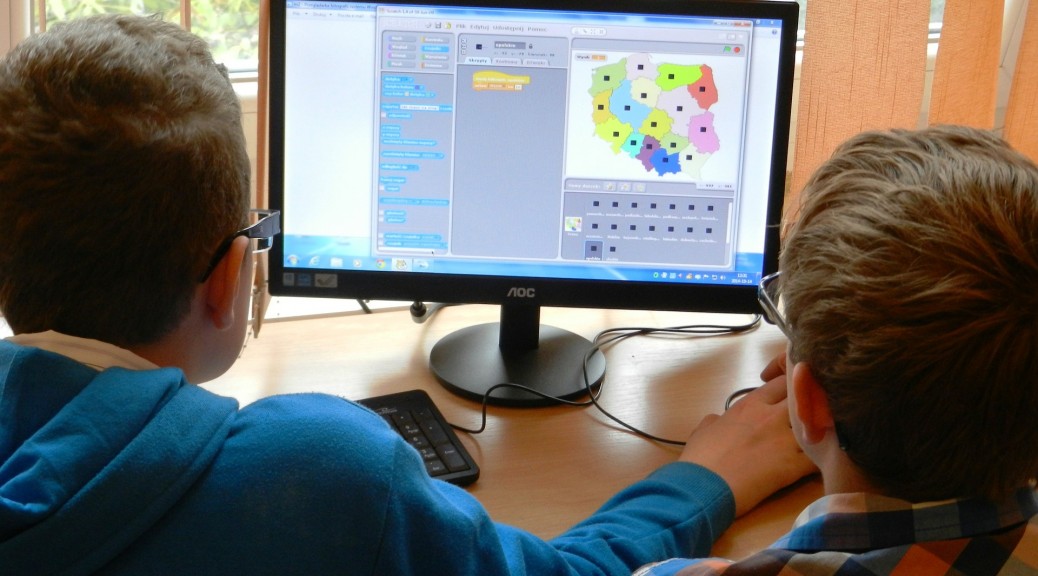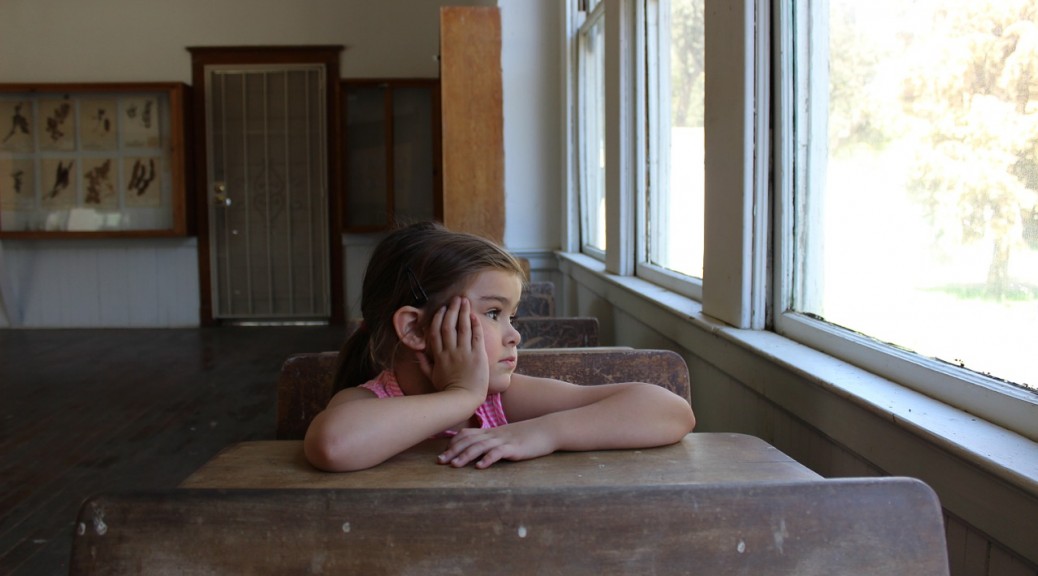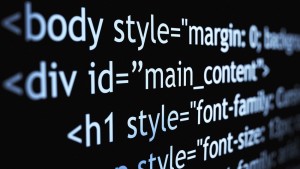There are more coding jobs than there are people to fill them. This provides opportunities for women and minorities who have been systematically denied chances in other industries. Consider a recent article for the Atlanta Black Star titled “Study: Coding Boot Camps Bring More Women, Minorities into Tech.”
According to the author of the article, “As technology increasingly becomes a vital part of our lives, diversity in tech will continue be a major issue.According to a study by New York startup Course Report, coding boot camps like Black Girls Code and Code for Progress are filling the diversity gap at a quicker rate than the diversity initiatives of tech giants. The report revealed that 36 percent of the attendees at coding camps are women. Course Report co-founder, Liz Eggleston, said that may be a result of the tech industry’s on-going diversity movement. ‘The market demand is there,’ Eggleston said. ‘Tech companies want to get closer to a 50-50 split, so they’re demanding more female applicants.’ The report findings suggests that companies like Twitter,who announced months prior that they intended to add more women to their work force, should consider attending the coding camps to begin their recruitment process.”
UALR Public Radio also explores the importance of coding, especially for young people, in a recent article titled “Governor’s Radio Address: Coding In The Classroom.” The author of the article writes, “Teachers like Gerri McCann are our schools’ secret weapons. As a high school French teacher from the Manila Public School District, Ms. McCann’s first impression of computer coding was that it was like ‘learning another foreign language.’ But she realized its importance and dived right in. By the end of her training, she was confident enough to add teaching Computer Science to her other subjects, including French, English and Literacy Ready classes. Now Ms. McCann can offer her students even more opportunities to succeed beyond high school. Learning the ‘foreign language’ of coding was challenging, even for someone who began her career teaching French. But Ms. McCann understood the value of coding and earned a master’s degree in Information Systems. Why would she do that? To better prepare her students for a technologically driven world — a world in which computers touch everything.”
When it comes to providing youth with a customized coding education, we’ve got you covered at CodeRev Kids. At CodeRev Kids, our lessons focus on computational thinking, which encompasses a wide range of programming languages and concepts.
Our lessons build upon one another and we adjust starting points to each student’s level of expertise. Thus, the entire curriculum is customized. We are known for saying we are the most educational tech camp out there but we also keep the focus on having fun. As a result, students stay engaged while learning to blend creativity with technology.






 According to Wired Magazine, if coding isn’t part of your Physics course, something is wrong. Rhett Allain of Wired explores this in a recent article titled “
According to Wired Magazine, if coding isn’t part of your Physics course, something is wrong. Rhett Allain of Wired explores this in a recent article titled “ Does your kid love science and math? Are they proud to be interested in the latest technology? Are you looking to throw them a birthday party they won’t forget? Then consider these cool ideas for unique birthday celebrations.
Does your kid love science and math? Are they proud to be interested in the latest technology? Are you looking to throw them a birthday party they won’t forget? Then consider these cool ideas for unique birthday celebrations.
 It’s no secret. Coding is becoming more of a necessary skill to have as every week goes by. In order to compete in a global economy, it is becoming essential. In some cases it’s the difference between getting an opportunity and not getting it. Schools are recognizing this and some are taking steps to address the lack of coding education in their institutions. Phys.org takes a look at this in a recent article titled “
It’s no secret. Coding is becoming more of a necessary skill to have as every week goes by. In order to compete in a global economy, it is becoming essential. In some cases it’s the difference between getting an opportunity and not getting it. Schools are recognizing this and some are taking steps to address the lack of coding education in their institutions. Phys.org takes a look at this in a recent article titled “